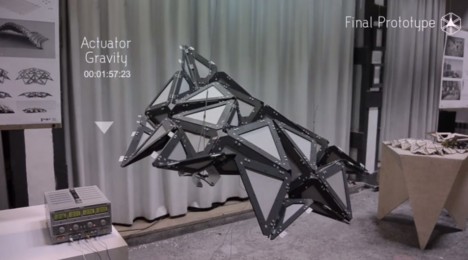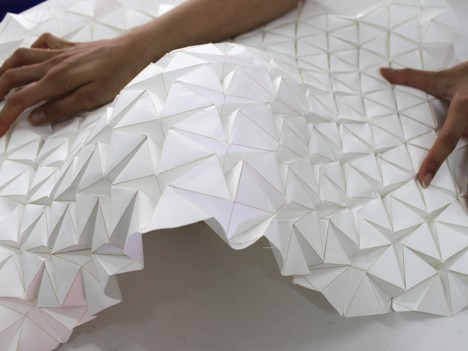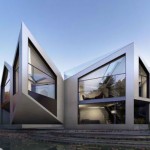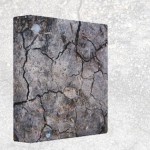[ By WebUrbanist in Conceptual & Futuristic & Technology. ]

This project asks a question that goes to the heart of how we think of buildings, asking: what if architectural shapes and structures could be more than just stable but also smart, responsive and flexible?

Translated Geometries “is a performative prototype which exploits the Shape Memory Polymer (SMP) properties in order to generate responsive architectural behaviors” – it explores how heat, light, air and humidity can be utilized to deform and reform architectures. For instance, at higher temperatures the material is made more fluid, hardening into a new (or reverting to an original) shape when cooled.

A project of IAAC (the Institute for Advanced Architecture of Catalonia) students, tutors and faculty, this origami-like demonstration model uses triangular modules and responsive intersections to expand a surface to more than four times its original area.
A very early-stage iteration to be sure, there are many possible applications yet to be explored, perhaps first in larger demo versions then eventually in architectural facades and structures. Imagine buildings (or doors), for instance, that opened up naturally by day and closed at night, or let in light and heat when cool but converted to passive cooling via wind when too warm.




[ By WebUrbanist in Conceptual & Futuristic & Technology. ]
[ WebUrbanist | Archives | Galleries | Privacy | TOS ]



You must be logged in to post a comment.